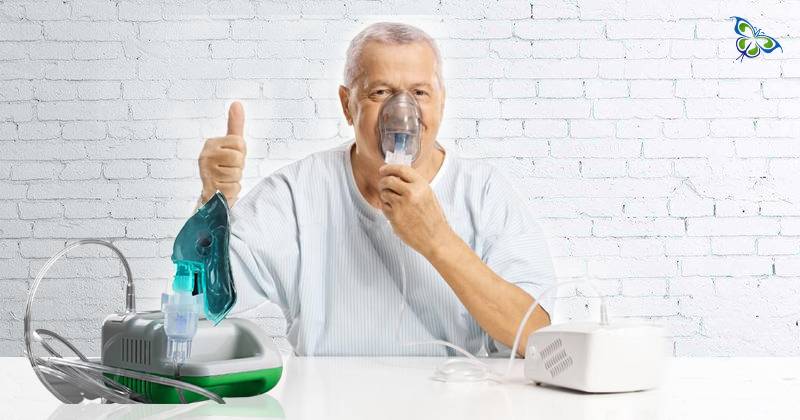6 Common FAQs for Patients using Nebulizers | Garner Supply

I have been recently prescribed a nebulizer. How does it work?
The basic mechanism of a nebulizing machine is the conversion of the liquid medication into an inhalable vapor. Pressurized air is pumped through the liquid medicine to form a mist; which is easily breathed in by the patient using a mask or a mouthpiece. The nebulizer uses oxygen and compressed air to break up the liquid medicine into the molecular state (gaseous) for the patient to inhale the drug.
Why will I need a nebulizer?
A nebulizer is commonly prescribed for patients with poor lung conditions. Pulmonary fibrosis, chronic asthma, COPD (chronic obstructive pulmonary disease), and bronchiectasis are some of the ailments that call for the use of a nebulizer. Even children are sometimes prescribed the use of this device in case of acute respiratory infections or bronchiolitis.
These devices help in clearing your airways too. The build-up of phlegm and mucus is controlled. Symptoms like wheezing, breathlessness, chest tightness, etc. are treated with the help of nebulizers.
How do I use my nebulizer?
Nebulization is a step-by-step approach. First, you add the drug to the medicine cup in the correct prescribed dosage. Next, the machine needs to be set up; the tube attached, and the mask or mouthpiece assembled. Once this setup is ready, the patient needs to wear the mask and turn on the machine. The medicine is inhaled with slow deep breaths carefully.
Inhaled steroids can cause hoarseness, throat irritation, and infection in the mouth. Gargling and rinsing your mouth with water after each session can prevent this, however, do not swallow the water after rinsing.
What are the different types of medicines that are used in a nebulization machine?
Medications that are usually used in a nebulizer are:
Antibiotics: These are required in cases of severe respiratory infection. Infections are necessarily treated with antibiotics. Lung infections are best treated with infusion of the antibiotics directly into the lungs.
Bronchodilators: They are used to dilate the lung sacs which makes breathing easier. Asthma and COPD patients heavily need the administration of bronchodilation drugs.
Simple saline solution: Often lung patients are prescribed a plain dose of sterile saline solution. This needs to be inhaled in order to open airways, loosen up the secretions such that the patient can cough up the mucus.
What is the difference between nebulizers and inhalers?
Differences between nebulizers and inhalers are significant. Although both deliver medicine into the lungs, they primarily differ in their functionality and mode of operation. Inhalers are of two variants: A Metered-dose Inhaler (MDI) and a Dry-powder Inhaler. Among the two, MDI is the most used one which contains a pre-measured amount of medicine that the patient needs to inhale.
Dry-powder ones are difficult for some users as it involves the inhalation of dry powder which is certainly not that easy! Fast deep breaths are needed to pull the powdered drug inside. For young children and respiratory ailment sufferers, this often proves to be problematic!
Here comes the need for nebulizers. They are relatively easier to use, the only disadvantage being that a nebulizing machine requires about 10 minutes to deliver the medication. The patient needs to sit still until he or she has inhaled the entire amount!
Nebulizers aren’t travel-friendly. On the contrary, inhalers are highly portable and are well suited for traveling!
How do I maintain my nebulizer?
Cleaning and maintenance are the most important aspect of using nebulizers. It reduces the chances of any nebulizer-induced infection and helps in getting the right dose of medication too. After every use, the tube, medicine chamber, mask, or mouthpiece needs to be disconnected and washed thoroughly in warm soapy water. The pieces could be simply dried or soaked in a towel. The machine should preferably be disinfected (as per the manufacturer’s instructions).
With increased air pollution, individuals with lung disorders are more vulnerable to infections than other patients and hence tend to fall ill very often. It is highly advisable that the nebulizer accessories like a bowl, tube, mouthpiece, etc. be replaced every 3 to 4months. Your neb compressor needs to be replaced too, preferably every 6-12 months. However, it all depends upon the use of the device.

Validate your login
Sign In
Create New Account